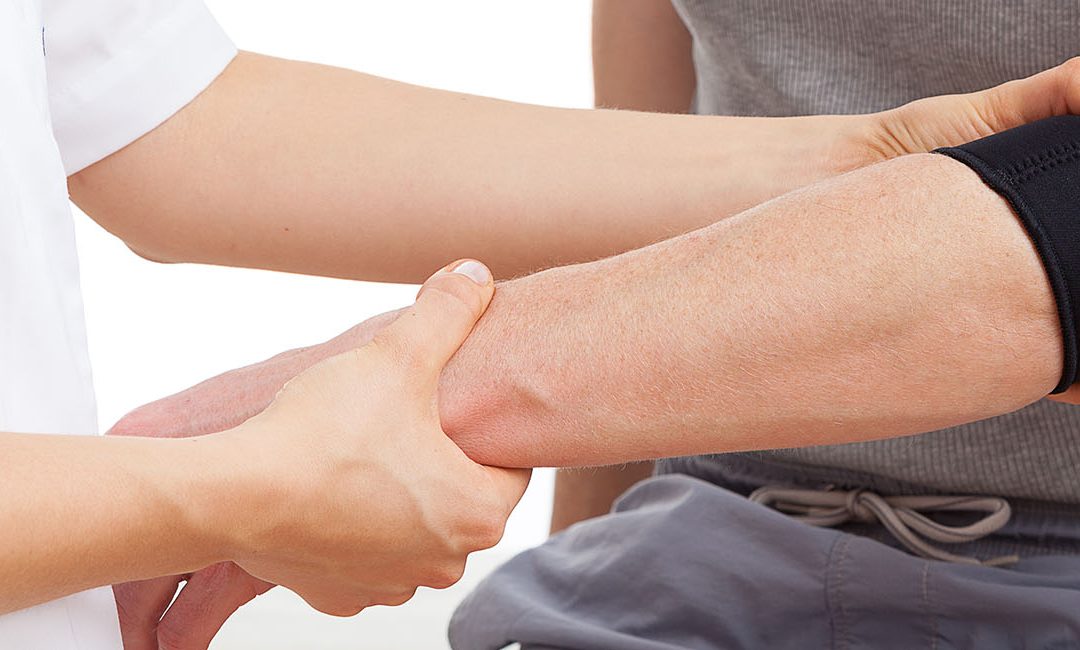Olecranon is the tip of the elbow in human body that is highly susceptible to injuries and fractures. This can be attributed to its location, which is directly under the skin; there is no protective layer of tissues or muscles. So any direct impact or falling over the elbow can result in a fracture.
Causes
An Olecranon fracture can occur due to a number of reasons. A direct blow or being hit by a hard object could be one of them. At times, it might so happen that the person falls on the weight of the outstretched arm and the elbow can get directly exposed to a fracture. In most of the cases, Olecranon fractures are a consequence of impact hitting by objects like a bat or a stick.
Symptoms
Olecranon fractures are characterized by the following symptoms:
- The person experiences sudden intense pain in the elbow.
- It becomes difficult to straighten the elbow because of the pain.
- The fracture could also be accompanied by swelling in the area.
- Bruises and cuts also become prominent.
- A fracture in the elbow can also impact hands.
- The fingers tend to get numb and it becomes difficult to hold objects.
- Pain in joints plays a major part; it can considerably reduce the mobility.
Diagnosis and Treatment
Olecranon fractures are synonymous with intense pain and swelling. Hence required medical help must be sought immediately to avoid worsening the situation. An orthopedic doctor will look for any bruises in the injured area as they make the skin prone to infections. The doctor will also examine areas in and around the elbow to check for any tenderness that might be there. Tenderness can be indicative of other broken bones or injuries that the patient may have sustained. Body parts such as arms, hands, and shoulders are also thoroughly examined in order to check the mobility of joints.
Treatment involves both surgical and non-surgical procedures. Any of them could be employed depending upon the extent of the injury. Pain killers can be given to alleviate the extent of pain and swelling in the elbow. In certain cases, a sling will suffice to hold the elbow in its position during the healing process. This form of treatment calls for regular X-rays to check the progress, and also to determine any additional measures that may be required. In cases where the fracture is severe, surgery has to be carried out by the orthopedic doctor to bring the elbow back to its place. Antibiotics can also be administered so as to eliminate the chances of infection.


